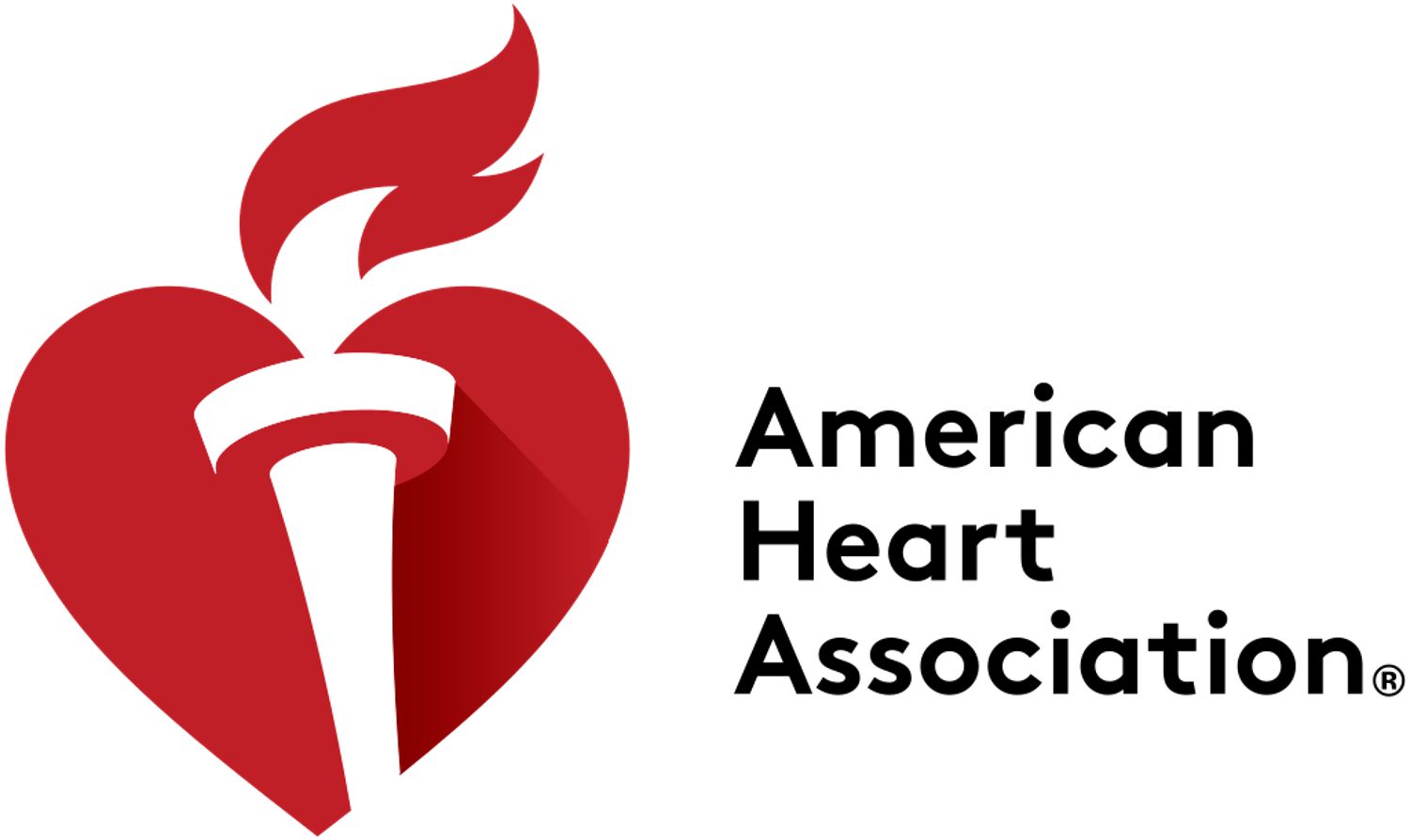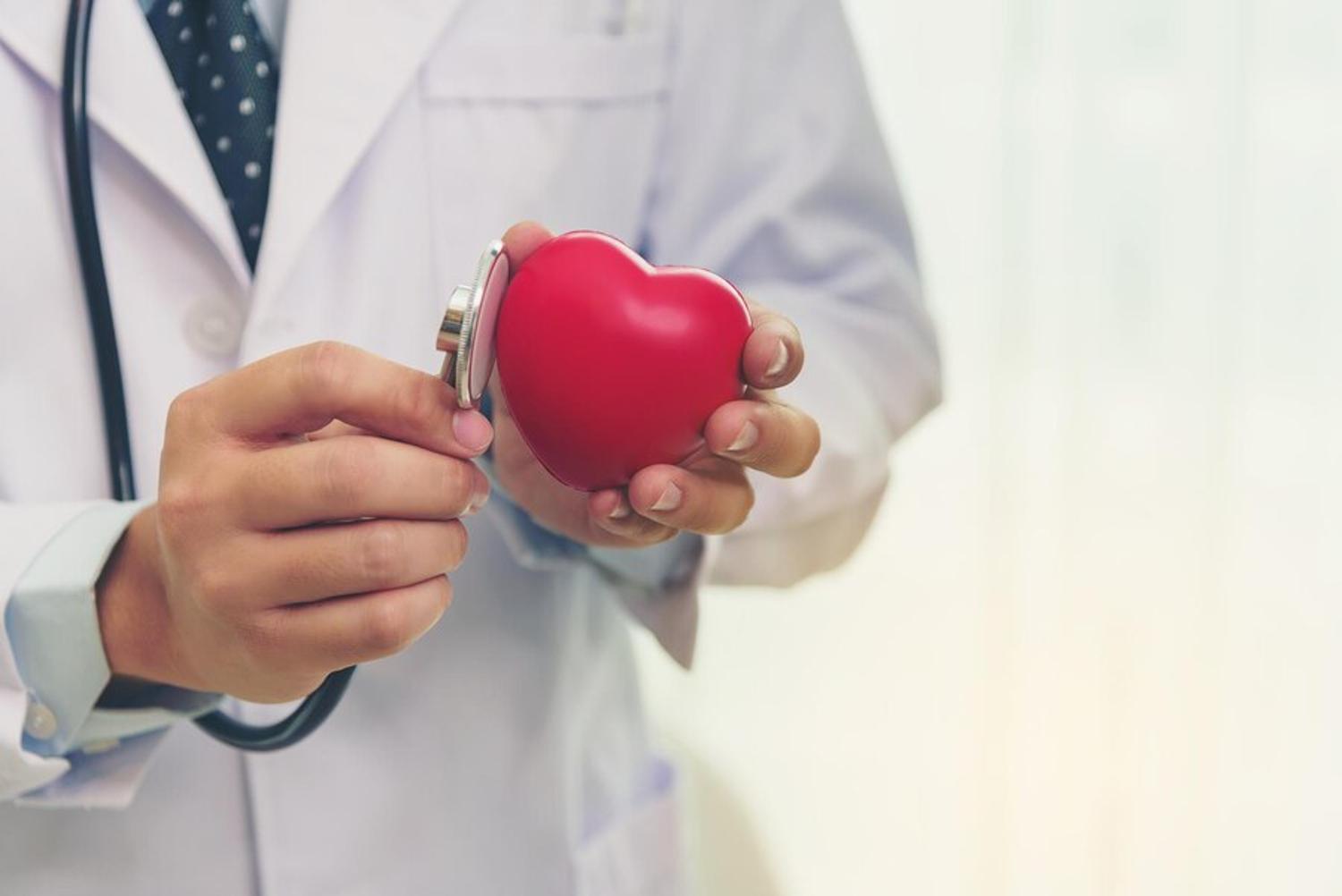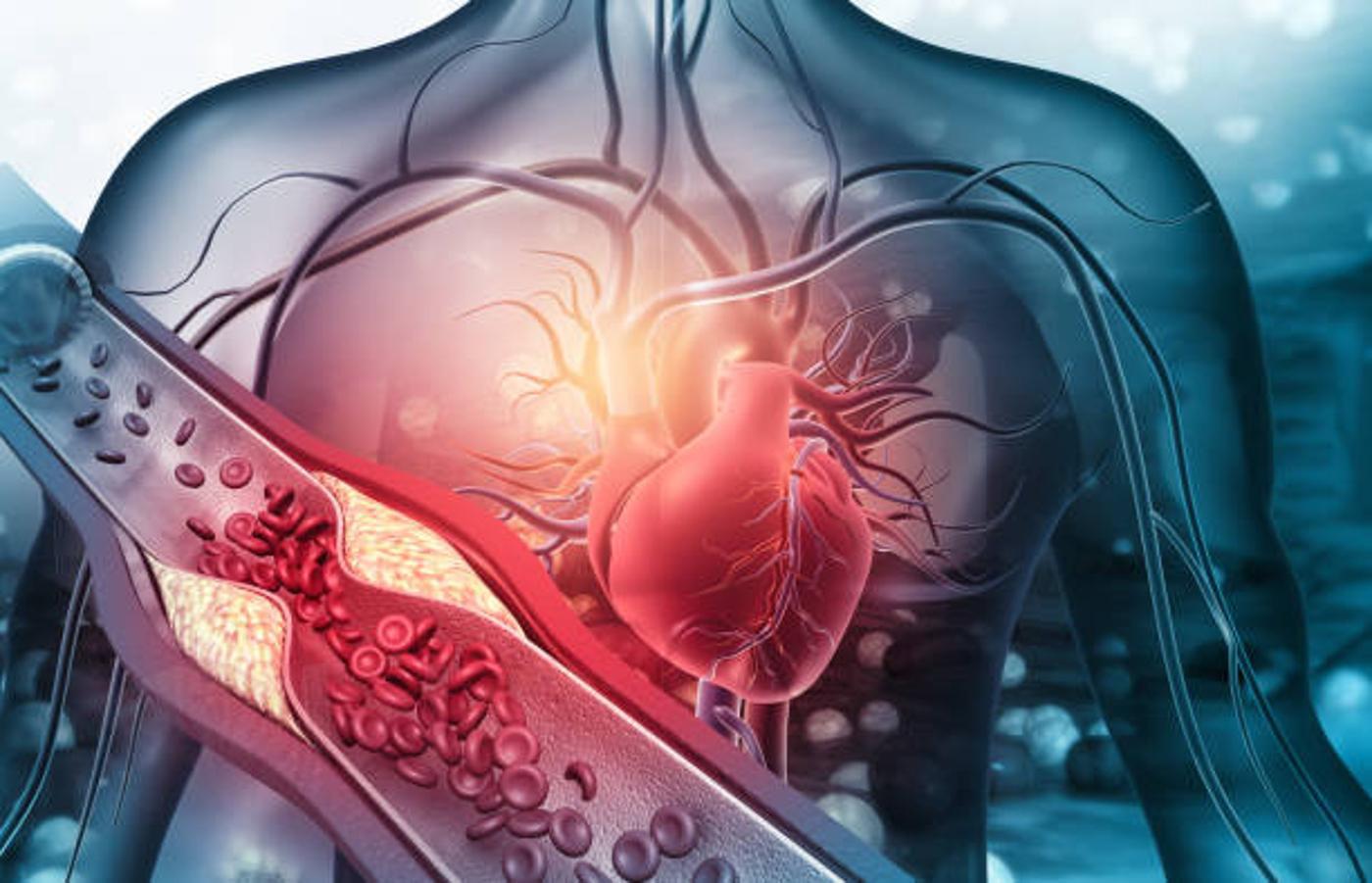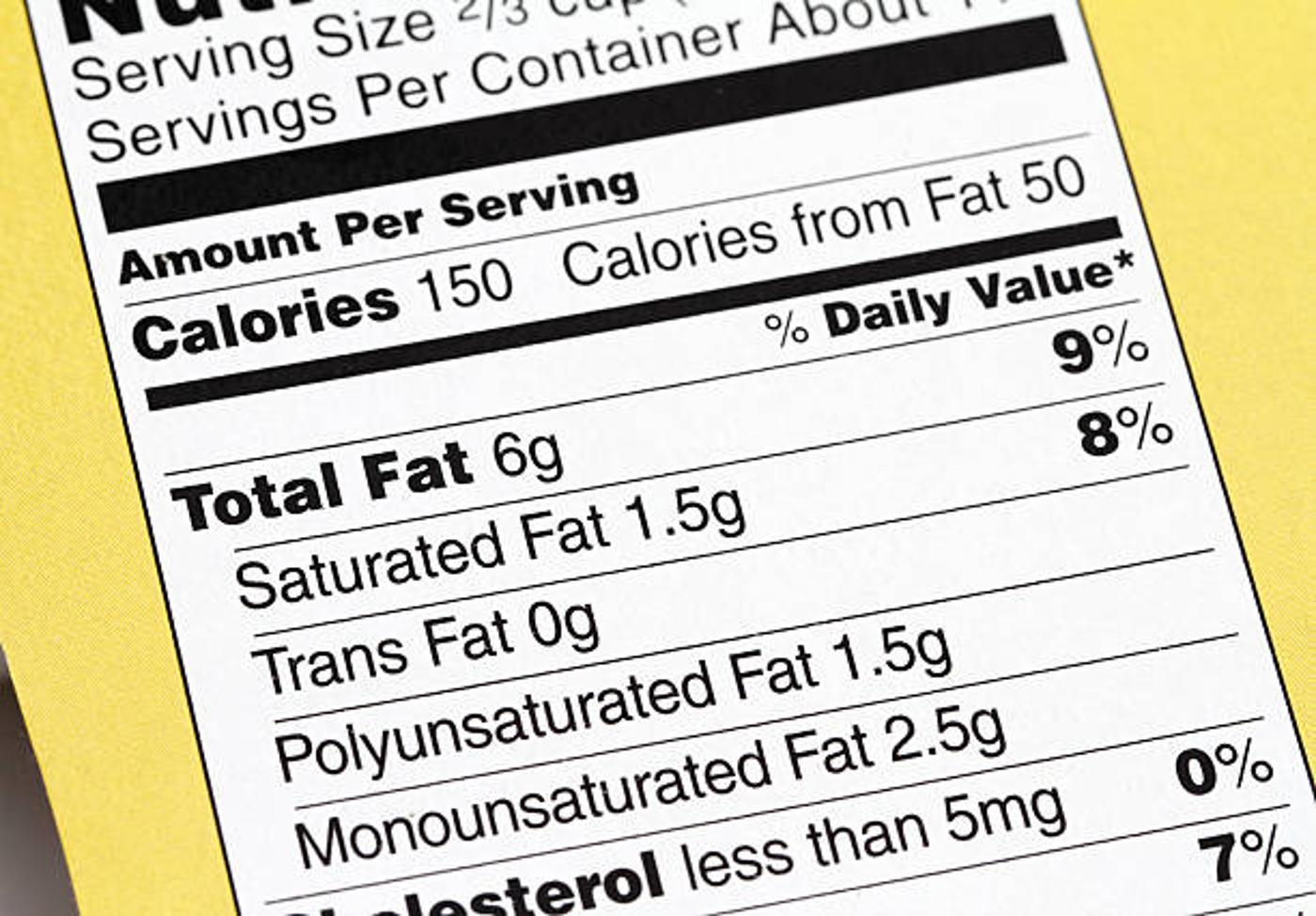Over 800,000 people experience a heart attack and another 800,000 have a stroke every year in the United States alone. But while both heart attacks and strokes are incredibly dangerous and all too common, very few people know what actually causes them to occur.
A recent study conducted by the American Heart Association showed that 70% of heart attack and stroke survivors didn’t know that there is one common cause of both conditions or that it can be prevented.
Study Conducted by the American Heart Association

In 2023, the American Heart Association (AHA) and the Harris Poll worked together to ask thousands of people who had experienced either a heart attack or stroke a few questions.
They found that 75% reported having high cholesterol, 47% didn’t know their exact cholesterol number and 49% didn’t even know they should be trying to lower their cholesterol. And the most shocking outcome was that 70% didn’t know that bad cholesterol causes both strokes and heart attacks.
The American Heart Association Is Very Concerned

The reason why these statistics were so alarming for the American Heart Association is because they know that bad cholesterol is the leading cause for both heart attacks and strokes.
The concern is that, if people don’t know this truth even after they’ve experienced a heart attack or stroke, then it is highly likely that they will have another, and next time, it could be fatal.
What Is Cholesterol?

It’s incredibly important for all people, but especially those who have heart disease or the increased chance of stroke, to understand exactly what cholesterol is and how it negatively (and positively) affects our health.
Cholesterol is a waxy substance that naturally forms within the body. Technically, we all need some cholesterol to survive as it builds cells, makes hormones and delivers blood to the liver. However, that’s the “good” kind of cholesterol. There is also “bad” cholesterol.
Good vs. Bad Cholesterol

Good cholesterol, also known as HDL (high-density lipoprotein) cholesterol, is absolutely necessary and can even help protect a body against heart attacks or strokes. Whereas bad cholesterol, or LDL (low-density lipoprotein) cholesterol, is quite dangerous and actually causes heart attacks and strokes.
The difference is that, while good cholesterol circulates through the blood doing its job, bad cholesterol gets stuck and builds up along the sides, literally stopping the natural blood flow and increasing the chances of blood clots which cause heart attacks and strokes.
A Serious Lack of Awareness

To everyone in the medical profession, the difference between good and bad cholesterol is clear as day, but according to the AHA’s study, 70% of Americans who survived a heart attack or stroke didn’t even know that bad cholesterol was likely the culprit.
Dr. Joseph C. Wu, president and director of the American Heart Association, explained, “There’s a pervasive lack of public awareness and understanding around bad cholesterol and its impact on your cardiovascular health. As bad cholesterol usually has no symptoms, we often find that many patients are walking around without knowing they’re at risk or how to mitigate it.”
First Things First, Learn Your LDL Number

Dr. Paul Burton weighed in on the results of the study, stating, “What’s eye-opening about these survey results is that nearly half of those who have suffered a heart attack or stroke don’t know their LDL cholesterol levels, which is a vital step in helping to prevent a second heart attack or stroke.“
In his, and every other doctor’s opinion, one of the most important things all people, but especially those who have previously experienced a heart attack or stroke, can do to stay healthy is to learn their LDL (and even their HDL) numbers. Doctors can perform the test and know that same day.
Avoid Foods High in Bad Cholesterol

Once people know their HDL and LDL levels, they can then know how to proceed. According to the Cleveland Clinic, HDL cholesterol numbers should be above 60 while LDL cholesterol numbers should be below 100. The total should also be below 200.
While medication may certainly be necessary for some, many doctors argue that the best possible “medicine” for high LDLs and low HDLs is a change in diet. There are very specific foods that are known to raise bad cholesterol that all people should avoid in excess and that some patients should skip altogether.
Saturated Fat Raise LDL Levels Significantly

According to Dr. Bhattacharya at Mass General Brigham, those with high LDL levels should be careful and limit their consumption of full-fat dairy and red meat, as well as fried foods, palm oils, baked goods and most processed food.
All of these items contain saturated fats, and as Dr. Bhattacharya tells his patients: “Decrease your saturated fat intake to at least less than 10% of your daily calories.”
Choosing the Good Kind of Fat

Now, many people may have heard that the body needs some fat to function, and that is completely true. However, just like cholesterol, there are “good” fats and “bad” fats. Saturated fats or solid fats are bad for the body, but good natural fats are a necessary nutrient, just like protein or carbohydrates.
Good fats can be found in avocados, olives, fish and nuts, and they actually help lower LDL cholesterol while increasing good HDL cholesterol, protecting the body from stroke and heart disease.
Exercise Is a Great Way to Combat Bad Cholesterol

In addition to changing your diet, one of the best ways to combat bad LDL cholesterol is to stay active and exercise regularly.
While any movement is helpful in reducing one’s LDL levels, specifically, doctors recommend brisk walking, running and resistance training. According to the AHA, people should aim for a minimum of 150 minutes of exercise a week to lower LDL levels.
Get Healthy and Stay Healthy: Learn About Your Cholesterol

While the AHA study was certainly shocking to medical professionals, it shed light on a very important message:
People around the country and the world need to learn about good and bad cholesterol and fats, and even more importantly, learn their own levels and take action to ensure their LDL number stays low. If they do, millions of people could avoid having a heart attack or stroke in the coming years.








































